Mastering Hakuda in TYPE://SOUL takes more than raw power. You need smart combos, knowing when to strike, and awareness of how to outplay opponents in tight matches. This guide walks you through everything: why Hakuda mirror matches are mental duels, essential combo starters, and positioning tricks to mess with your opponent’s rhythm.
How to Properly Use Hakuda in TYPE://SOUL
Core Combo Starters
1. Crit → Tora Reach → Negation
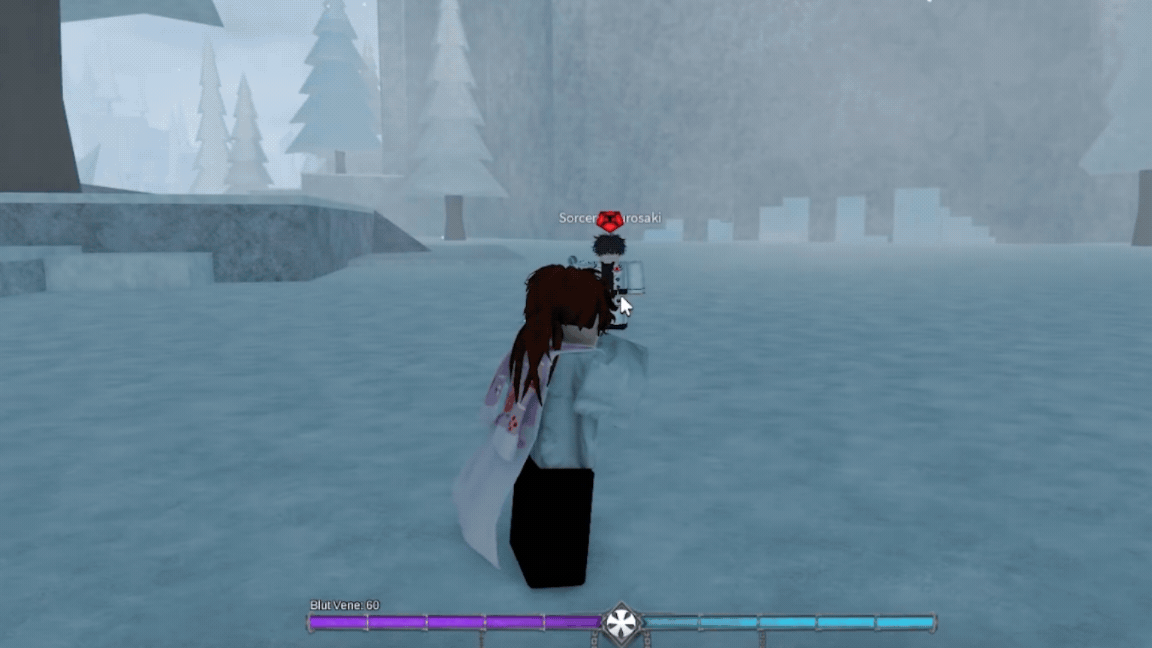
- Land Crit → Tora Reach (knocks enemy away) → Negation → Spine Rend → extension.
- Follow-up options: Death Flair, Rising Shot, Pulse, Confliction.
- Clean, reliable, works against all skill levels; easy to learn and adaptable.
2. Close-Range Tora Reach → Negation → Pulse → Confliction
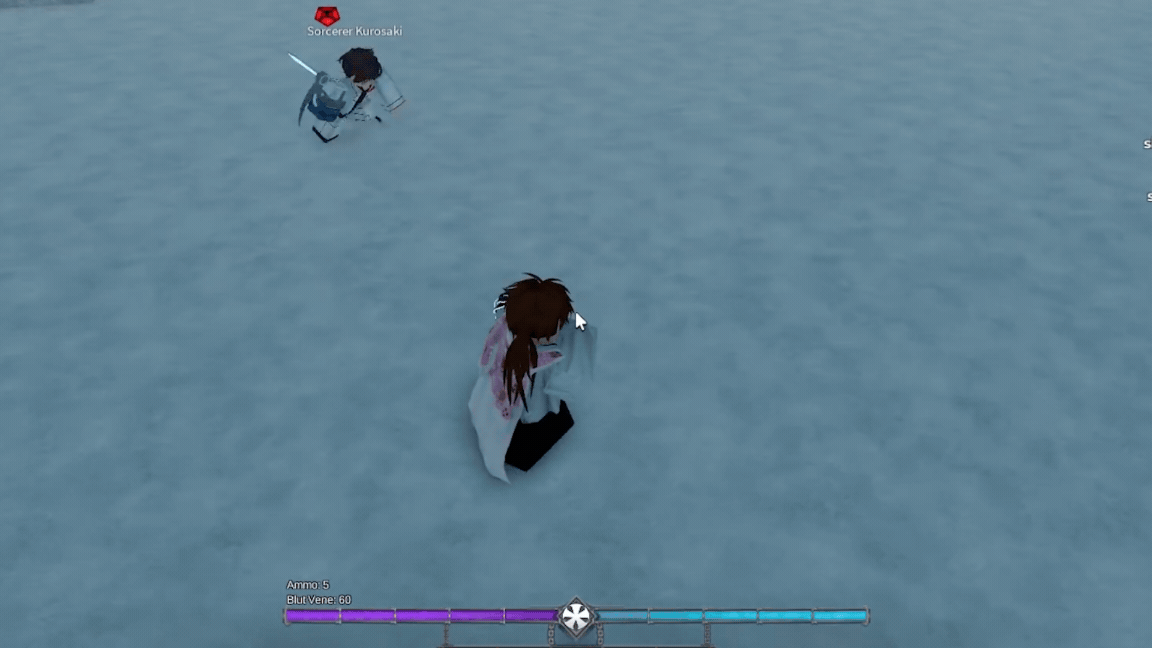
- Requires proximity to connect.
- Harder to land consistently but deals serious damage.
- Best used when you can sneak in close without being preempted.
3. Shori (Skill-Box Move)
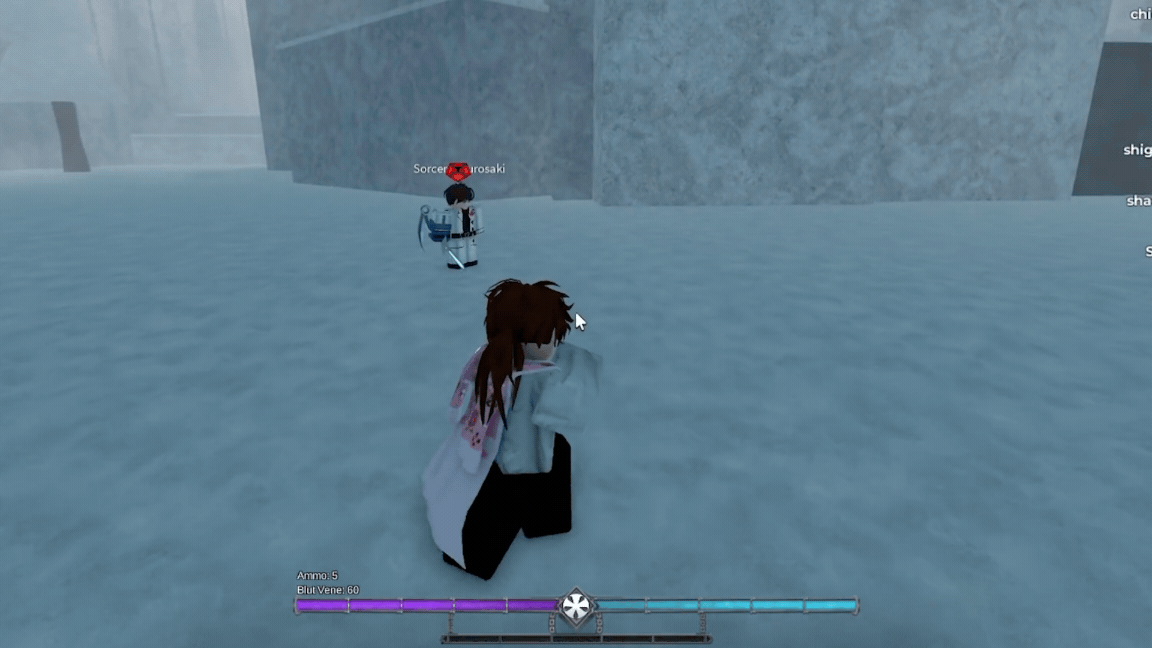
- Far reach, moderate damage—easily blocked.
- Combo tip: Throw Pulse first to distract, then land Shori mid-combo to break your opponent’s guard.
- Simpler than Death Flair or Gehenna for bait and mix-up.
4. Confliction Dash Combo

- Start with Crit, dash in with Confliction, then chain: Tora Reach, Negation, Spine Rend, Rising Shot, etc.
- High burst. Can remove up to half an enemy’s health.
- Against lower-level players, just Pulse → Confliction can catch them off guard.
Mental Game Tactics
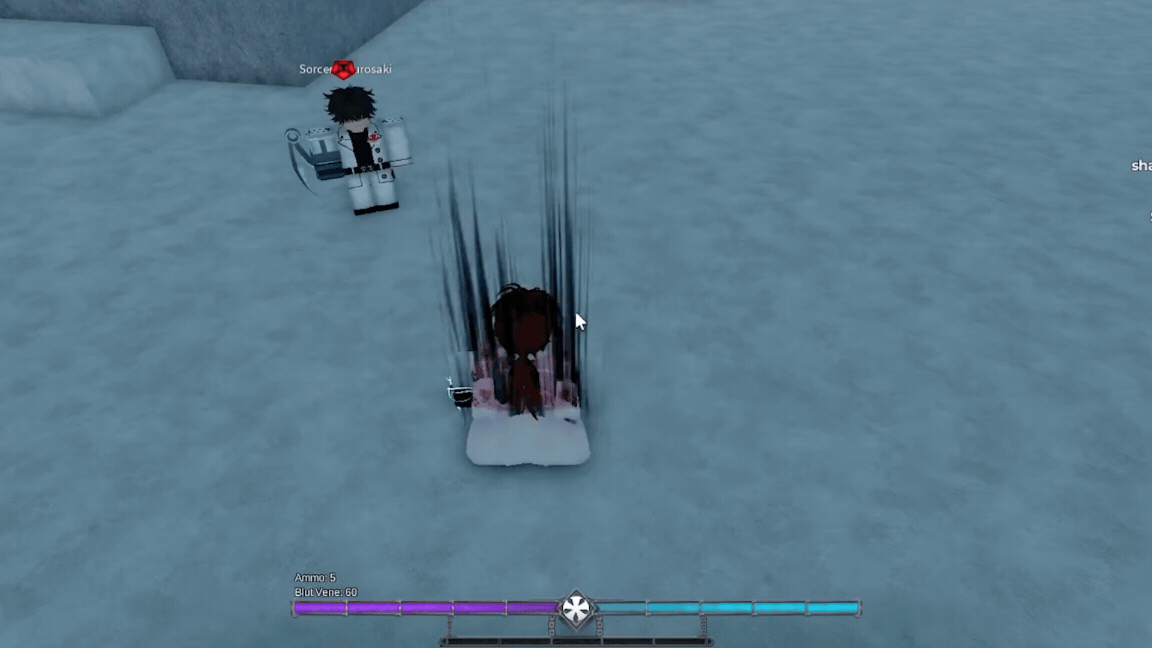
5. Air Anti-Parry Trick
If your opponent keeps parrying, jump and turn mid-air, then use Negation → Spine Rend.
Changes the angle and timing, disrupting their predictable rhythm.
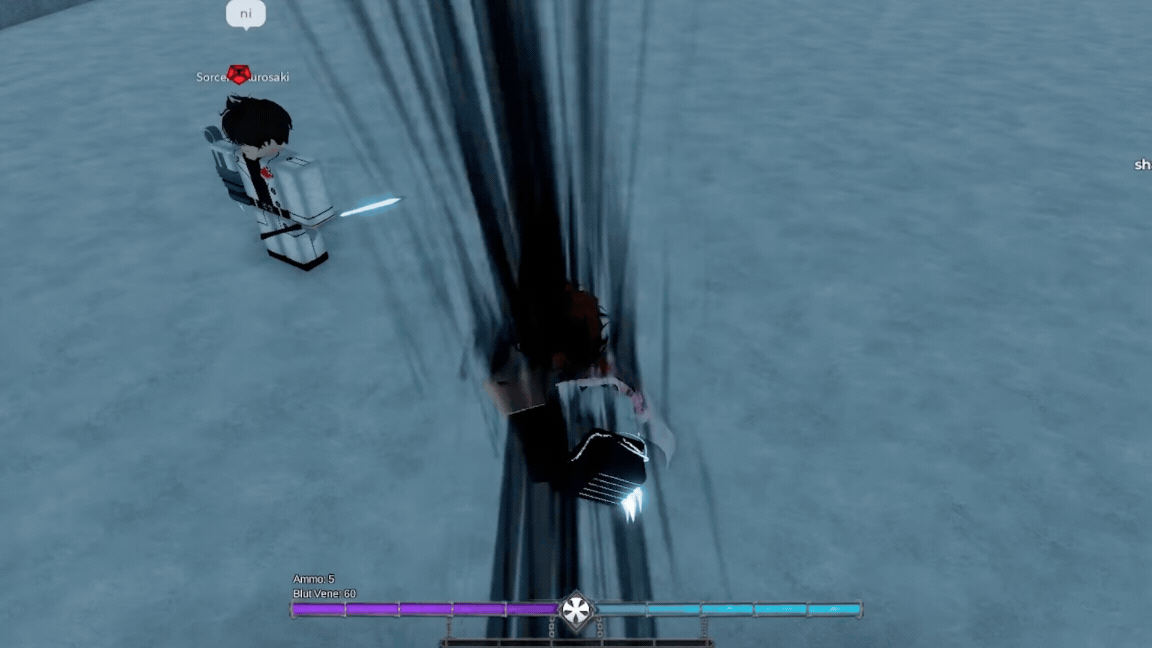
6. Spine Rend Preemptive Strike
In air fights, Spine Rend is often the opener. Going for it first—like Tora Reach → Spine Rend → Negation—chooses the trade on your terms.
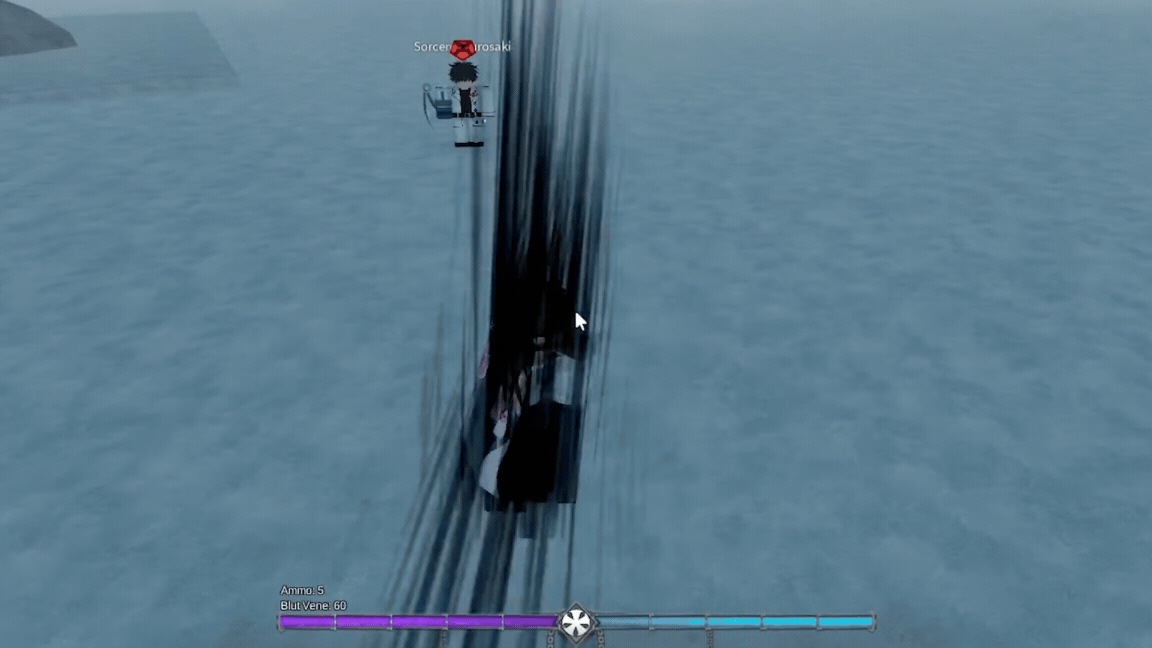
7. Shadow Impale Sneak Attack
Hit with Pulse, approach, then use Shadow Impale.
Great for opponents blinded by AOE or distracted — often not noticed and opens strong combos.
Putting It All Together
Learn core combos: start with Crit-based combos for reliable damage, then add Shori or Confliction for diversity. Practice spacing: be comfortable getting in close for harder combos, but learn when to stay at range. Mix in mental tactics: use air tricks and combo-reset awareness to throw off auto-behavers.
Sample Combo Flow:
- Crit → Tora Reach → Negation
- Spine Rend → Rising Shot
- Pulse → Shori → Negation (if block lands)
- If stuck close: Confliction follow-up
- If parry-heavy opponent: jump-turn → Negation → Spine Rend
- If they avoid visibility or overslam: Pulse → Shadow Impale → extension
These combos are tools, not chains you follow blindly. Read enemies, adapt, and alternate between damage, bait, and mind games.
Why Hakuda vs. Hakuda Is a Mental Game
In mirror matchups, victory often hinges on who can land their strongest ability first. Timing, reading, and spacing matter more than button-mashing. Expect a mental chess match where moves like Spine Rend and Negation decide momentum. Patience and deliberate play beat random spamming every time.
Hakuda mastery in TYPE://SOUL isn’t about memorizing long strings. It’s about understanding move intent, disrupting your opponent, and maintaining mental edge. Start with the bread-and-butter Crit combo until it’s second nature. Then add Shori, Confliction, and air mix-ins for nuance. Over time, you’ll notice better spacing, more punishes, and wins that feel earned rather than spammed.
Want to know more about the current meta of TYPE://SOUL? Check out my colleague’s take on the best Voltstanding & Sklaverei right now!



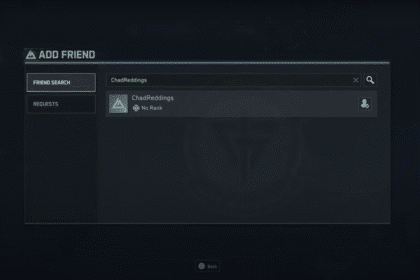






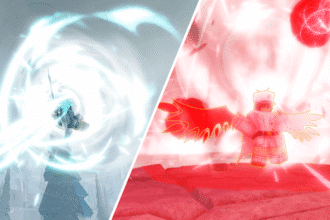



how to unequip hakuda style?
and back to sword again
You have to eat a blue pill and go down a different path to have your sword back.